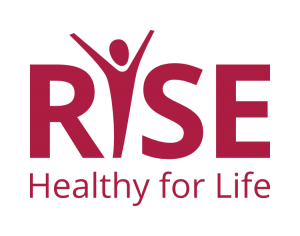Training
How to Have ‘The Talk’ with Teens
By the end of this lesson, participants will gain knowledge and develop skills required to have an open conversation with teens about their sexual and reproductive health.
This training is designed for:
- Parents
- Clergy
- Community Workers
In person Online
Cost - $0.00 -$2500.00, depending on location of participating organization. Please contact us at contact@teenhealthms.org for more information.
Age Group(s) - Grades 6-8, Grades 9-10, Grades 11-12
Topic(s) - Puberty and adolescent development
State(s) - Alabama, Alaska, Arizona, Arkansas, California, Colorado, Connecticut, Delaware, Florida, Georgia, Hawaii, Idaho, Illinois, Indiana, Iowa, Kansas, Kentucky, Louisiana, Maine, Maryland, Massachusetts, Michigan, Minnesota, Mississippi, Missouri, Montana, Nebraska, Nevada, New Hampshire, New Jersey, New Mexico, New York, North Carolina, North Dakota, Ohio, Oklahoma, Oregon, Pennsylvania, Rhode Island, South Carolina, South Dakota, Tennessee, Texas, Utah, Vermont, Virginia, Washington, West Virginia, Wisconsin, Wyoming
Professional Learning Standards for Sex Education (PLSSE) Indicators
Puberty and Adolescent Development Indicators - Indicator 1 (K-12): Describe how puberty prepares the human body for the potential to reproduce.
- Indicator 2 (K-12): List three physical, three social, and three emotional changes that occur during puberty.
- Indicator 3 (K-12): Identify three practices that students can adopt for maintaining healthy habits beginning during puberty.


